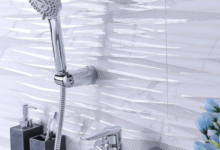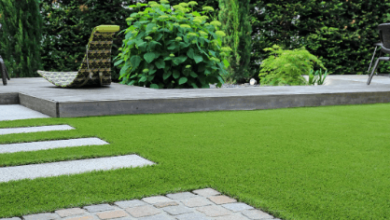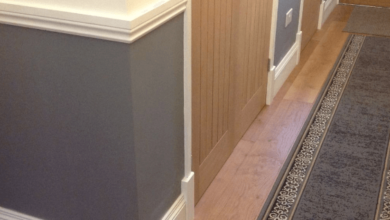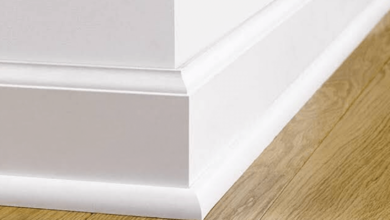Wall Moulding: Elevating Interior Spaces with Architectural Detailing
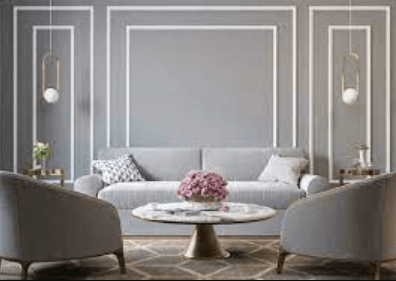
In the world of interior design, the walls serve as a canvas ready to be adorned with elements that add depth, character, and a touch of timeless elegance. Wall moulding, a form of architectural detailing, emerges as a versatile and transformative feature that elevates interior spaces. In this exploration, we delve into the art and impact of wall moulding, unraveling its historical significance, diverse applications, and the enduring charm it brings to modern design.
Historical Roots and Architectural Heritage:
The roots of wall moulding can be traced back to classical architecture, where it was used to define and enhance the structural elements of buildings. Over time, the art of wall moulding evolved, finding its way into various design styles and becoming a symbol of architectural refinement. The rich history of wall moulding adds a layer of cultural and historical significance to its presence in interior spaces, making it a timeless and enduring choice.
Design Versatility:
Wall moulding offers a versatile design palette, allowing for a wide range of creative expressions. From simple and clean lines to intricate and ornate detailing, wall moulding can be adapted to suit various interior styles. Whether incorporated as a subtle accent or as a prominent feature, wall moulding has the ability to define the character of a room, adding texture, visual interest, and a sense of architectural sophistication.
Types of Wall Moulding:
There are several types of wall moulding, each with its unique characteristics and applications:
1. Crown Moulding: Installed at the junction of walls and ceilings, crown moulding adds a finishing touch, creating a smooth transition between the two surfaces. It comes in various profiles, ranging from simple to elaborate, contributing to the overall architectural character of a space.
2. Chair Rail Moulding: Positioned at chair height along the walls, chair rail moulding serves both a practical and decorative purpose. Traditionally used to protect walls from the backs of chairs, it now adds a visual break in the wall, allowing for creative design treatments above and below the rail.
3. Baseboard Moulding: Found at the base of walls, baseboard moulding provides a visual foundation and protects the wall from scuffs and impacts. Like other types of moulding, baseboards come in various profiles, allowing for customization based on design preferences.
4. Panel Moulding: Panel moulding is used to create decorative wall panels or wainscoting. It adds a sense of dimension and classic elegance to walls, especially when combined with other moulding elements.
Architectural Impact:
The addition of wall moulding has a profound impact on the architecture and aesthetics of a space. It can visually raise the height of ceilings, create a sense of grandeur, and define the proportions of a room. The shadows and highlights created by moulding details contribute to the play of light and shadow, adding depth and visual interest to the walls.
Modern Interpretations:
While wall moulding has historical roots, it has seamlessly adapted to modern design sensibilities. In contemporary interiors, designers often reinterpret traditional moulding styles with a minimalist and clean approach. The result is a fusion of classic elegance and modern simplicity, creating a timeless aesthetic that resonates with today’s design preferences.
Installation and Customization:
The installation of wall moulding requires precision and attention to detail. Professionals can create seamless joints and ensure that the moulding aligns perfectly with architectural features. The customization options are vast, allowing homeowners and designers to experiment with different profiles, sizes, and paint or finish choices to achieve the desired look.
Read also: How to Pick an Appropriate Skirting Board
Timeless Elegance in Interior Design:
Wall moulding stands as a testament to the enduring elegance that thoughtful architectural detailing brings to interior design. Whether adorning the walls of a historic home or enhancing the modern aesthetics of a contemporary space, wall moulding remains a versatile and timeless choice. Its ability to blend historical significance with contemporary interpretations speaks to its enduring charm and relevance in the ever-evolving world of interior design.
Conclusion:
Wall moulding, with its historical roots, design versatility, and architectural impact, continues to be a defining element in interior spaces. Beyond its functional roles, wall moulding adds a layer of sophistication, elevating the aesthetic appeal of walls. As designers and homeowners seek elements that stand the test of time, wall moulding remains a classic choice that weaves a narrative of architectural refinement and timeless elegance into the fabric of interior design.

